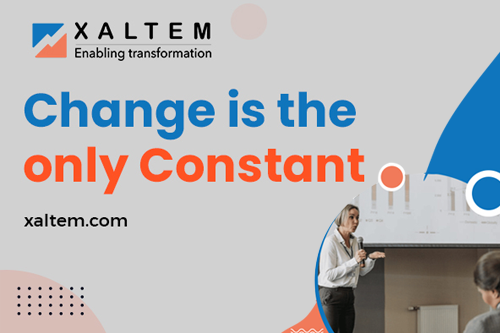In today’s rapidly evolving world, the ability to adapt has become the greatest strength of businesses across industries. In a market commercial strategy landscape influenced by ever-changing consumer demands, technological advancements, and global connectivity, companies that ignore the need to innovate risk becoming distant from their audiences. Embracing innovation is no longer a luxury but a crucial factor for organisations seeking sustained growth, enhanced
customer experiences, and a competitive edge. This is how innovation helps organizations drive success and foster long-term viability ;
● Adaptation to a Dynamic Landscape – Innovation enables businesses to adapt and thrive in an ever-changing marketplace. Industries are constantly disrupted by new technologies, shifting customer preferences, and emerging trends. By fostering a culture of innovation, companies can anticipate these changes, identify new opportunities, and swiftly respond to evolving market dynamics. Through innovation, organisations can create groundbreaking products, services, and modular business models that can cater to an array of changing customer needs.
● Quantum Marketing – The modern-day consumer is technologically connected andinformed. It is challenging to engage consumer attention in organisational campaigns. Marketing functions are constantly using ways to reach out to their consumers and target audiences in a meaningful way. Innovation is crucial to tread the “tsunami of emerging technologies, tectonic cultural shifts, and a deluge of data that are causing exponential disruptions in consumers’ lives and business models” (Rajamannar, 2023) aiding the development of new ways to target audiences, personalise offerings and create value propositions that can be unique to a diverse consumer group.
● Competitive Advantage – Innovation serves as a powerful tool to gain a competitive advantage. In a crowded marketplace, where products and services can be easily replicated, innovation becomes a key differentiator. By introducing unique value propositions and disruptive solutions, businesses can attract and retain customers, expand their market share, and establish themselves as industry leaders. The ability to consistently innovate enables organisations to stay ahead of the curve, making it challenging for competitors to close the gap.
● Enhanced UX – Customer-centricity is at the heart of successful businesses, and innovation plays a vital role in delivering exceptional customer experiences. By leveraging innovative practices, companies can better understand customer needs, pain points, and aspirations. This data fuels the development of innovative solutions that exceed expectations and foster loyalty. Enhanced digital experiences or personalised offerings, innovation enables organisations to connect with their customers on a deeper level, influencing customer retention and advocacy.
● Optimum Efficiency and Performance – Innovation can be used to optimise internal processes and operations. By implementing innovative technologies and processes, businesses can optimise their workflows, streamline operations, and enhance efficiency. Automation, artificial intelligence, data analytics, and other technological advancements can eliminate redundancies, reduce errors, and boost productivity. Thereby saving costs and freeing up resources that can be invested in further innovation and strategic initiatives.
● Preparing for the Future – Markets evolve rapidly, and companies that fail to innovate risk being left behind. Continuous innovation enables businesses to stay at the forefront of industry trends, proactively shaping the future. Predicting disruptive technologies, capitalising on new market segments, or expanding into untapped territories, an innovative mindset ensures that organizations are well-prepared for the uncertainties that lie ahead. One of the biggest sources of competitive advantage for organisations could be building innovation as an integral part of the culture. For this to happen, the drive and bias for innovative thinking and ideas must pervade all organisational layers. While commercial strategy innovates and initiatives can continue to emerge at and be driven from the top, specifically
for large complex organisations, it is important to define and drive processes that encourage bottom-up innovation generating from the field layer and moving up the organisational hierarchy for consideration and incubation. The field staff is closest to the customer and hence innovation emanating from the field has a greater chance of anticipating and solving unmet customer needs. This can only happen if every level of management, starting with the first-line managers, believes and actively promotes idea generation from their respective downlines and showcases them upwards. There must be enough incentives – reward, recognition, performance linkages, for innovation to start getting embedded in the organisation’s culture. As a result, the organisation can become more resilient, agile and nimble. As we can all concur Change is the only constant – an organisation with innovation as a core competency
has a significantly higher chance of sustained win rates against an environmental backdrop of unprecedented uncertainty and change dynamics.





